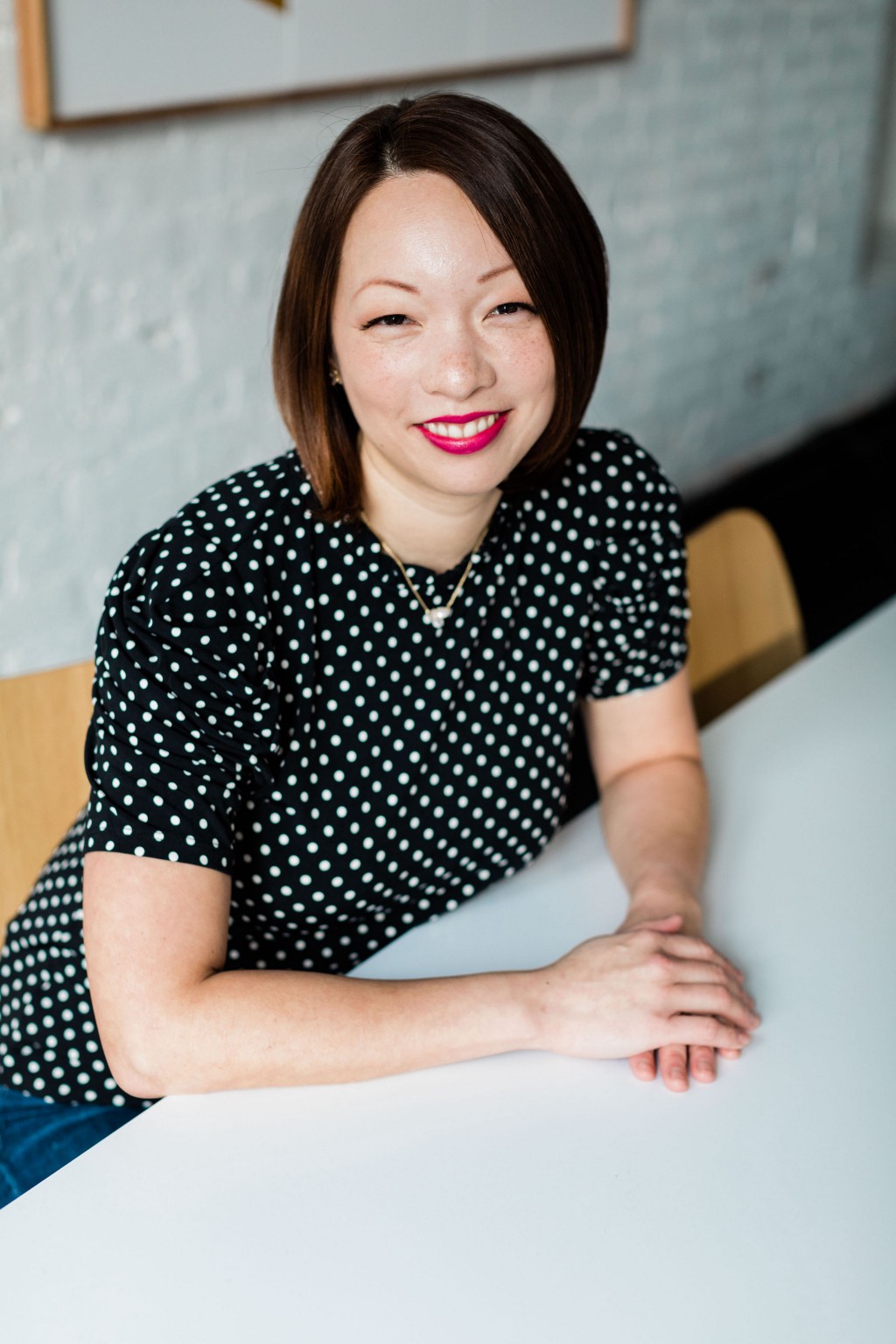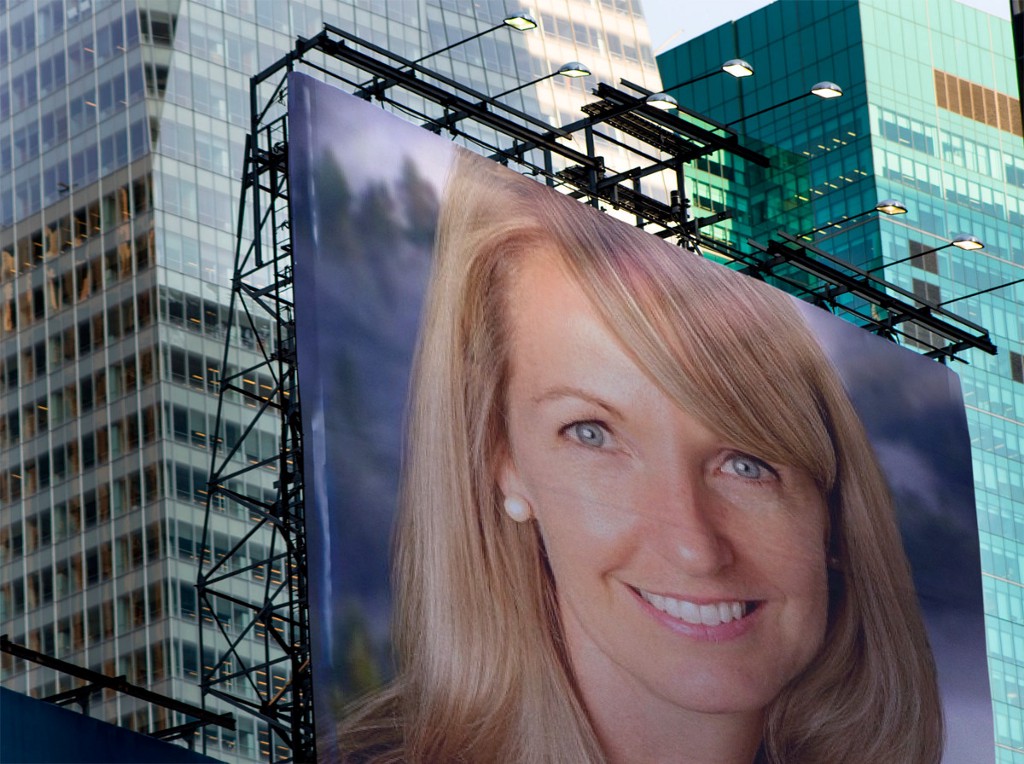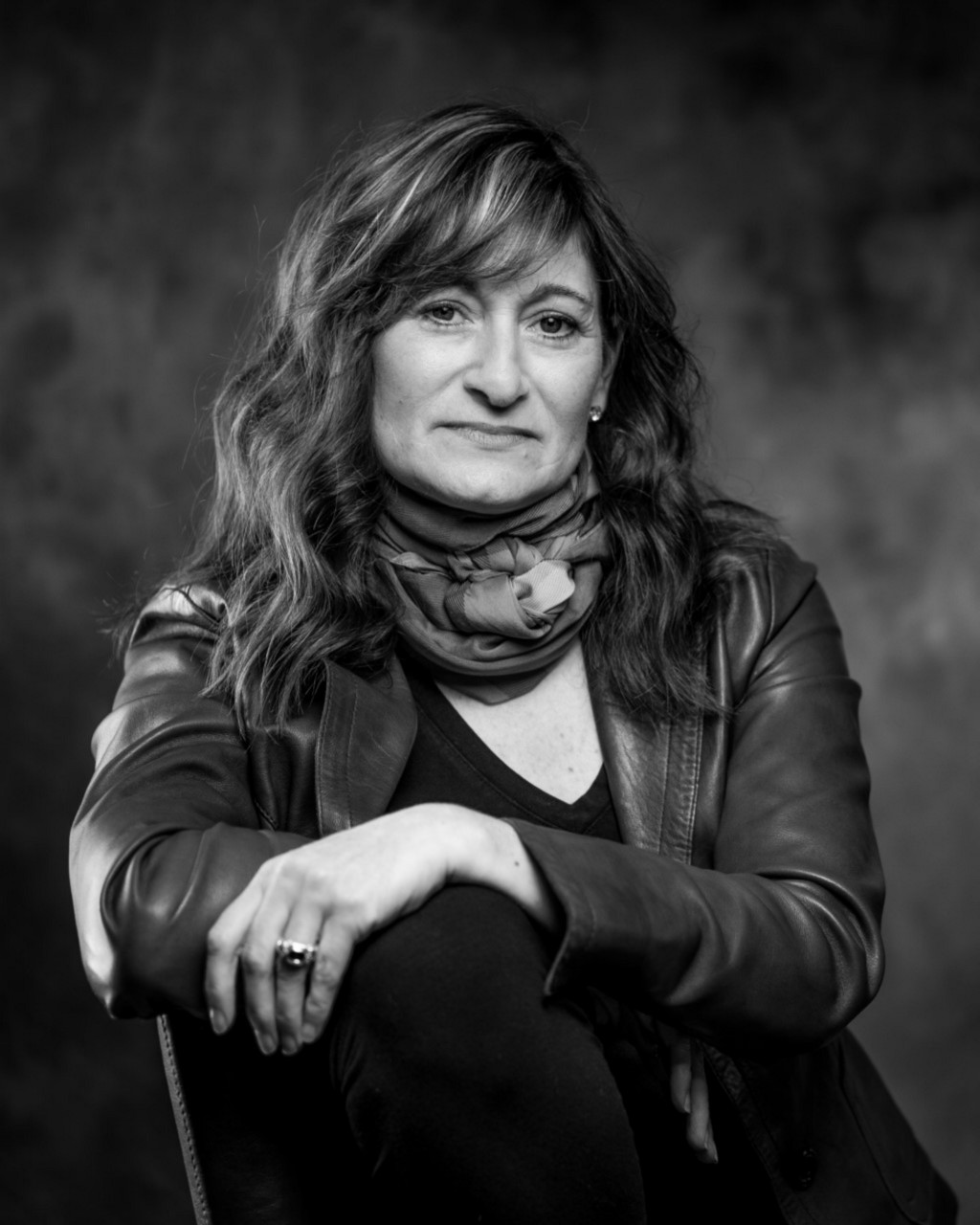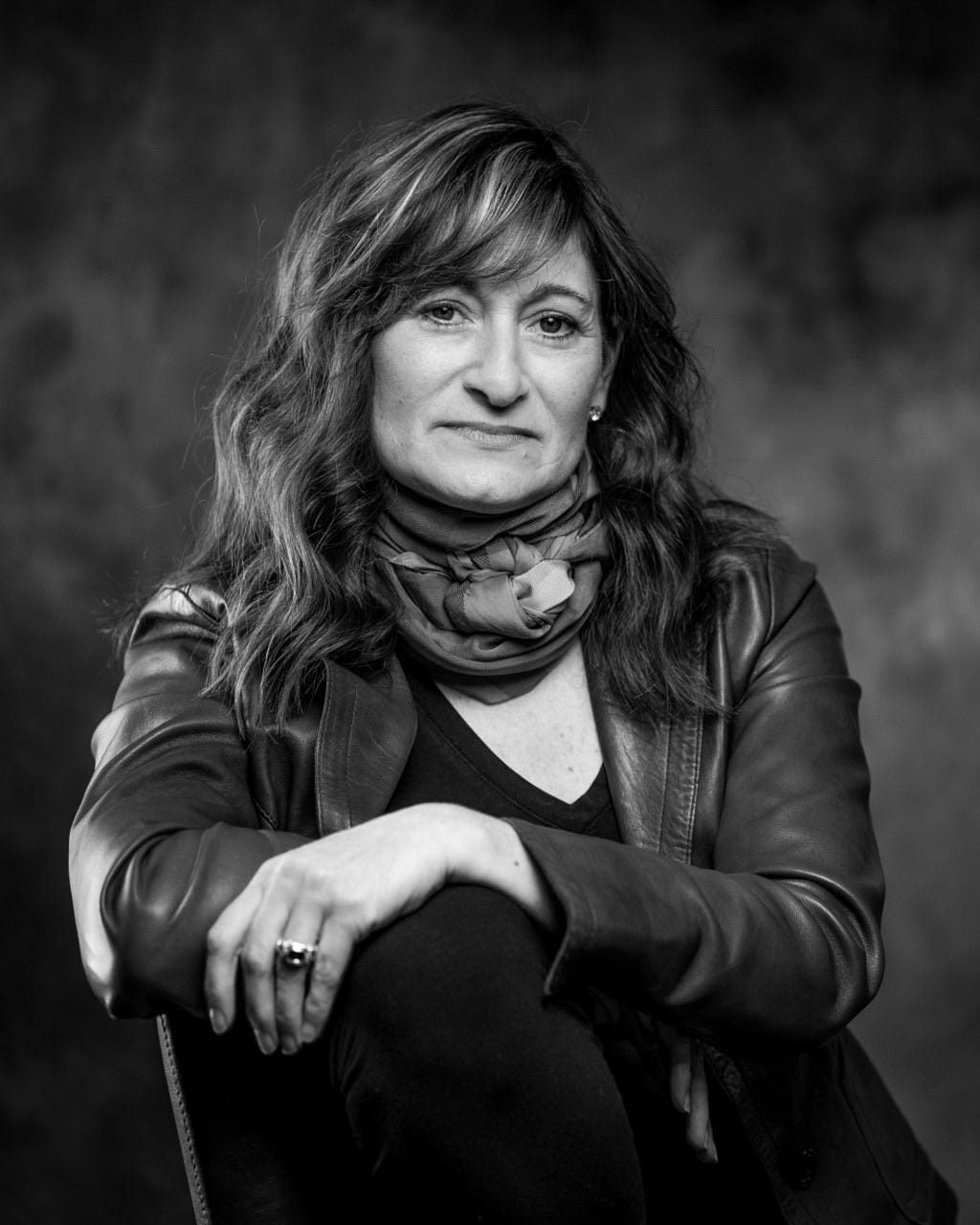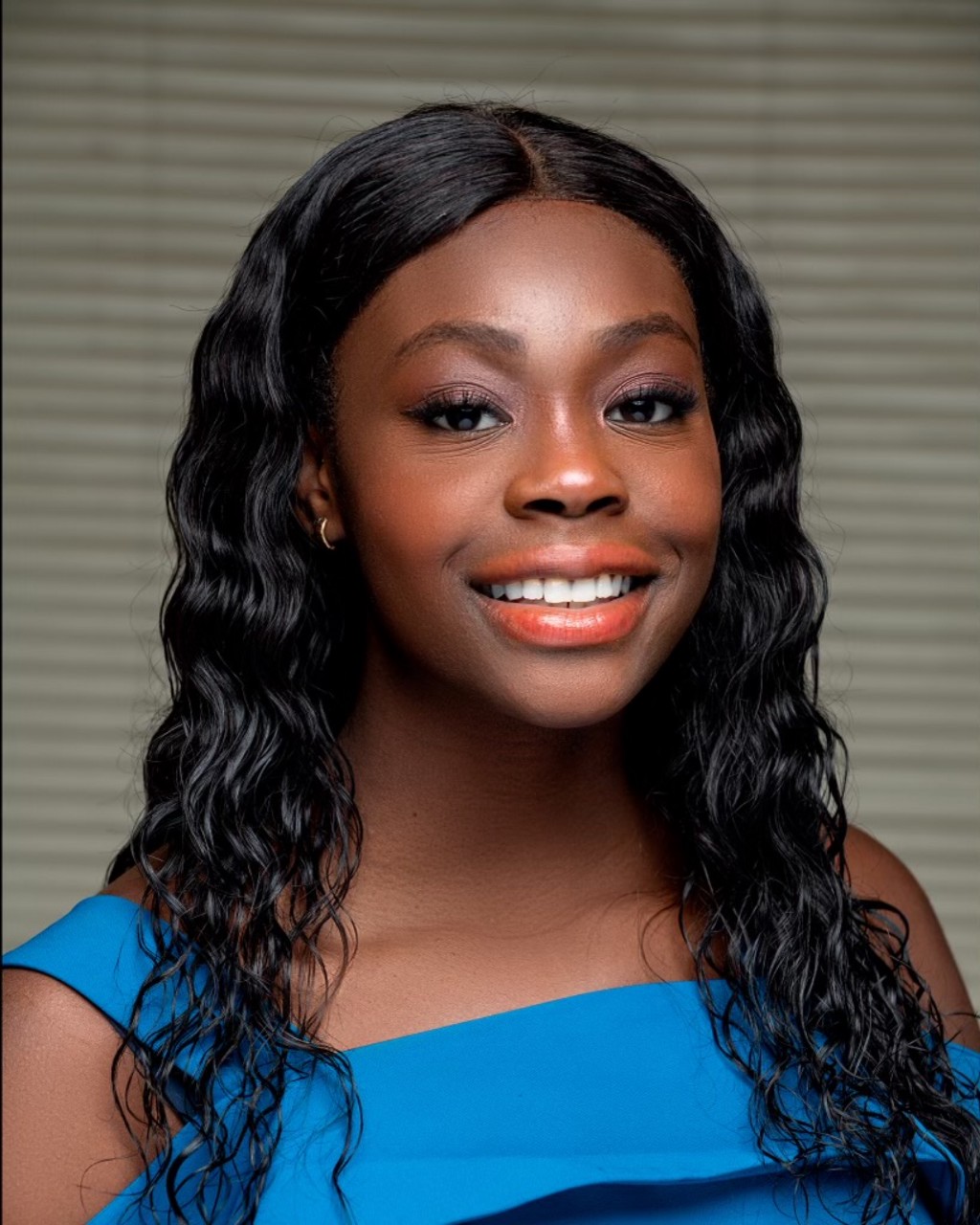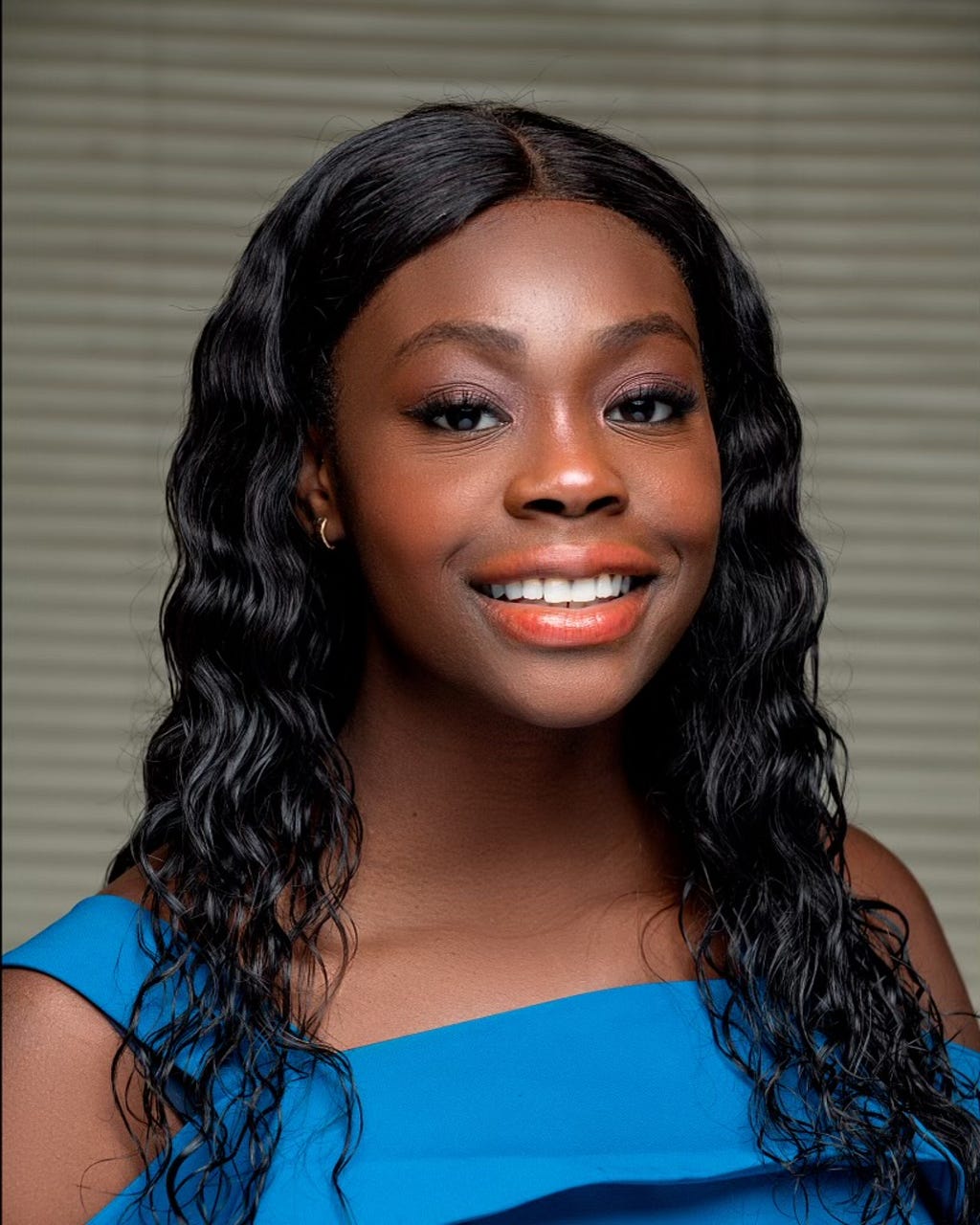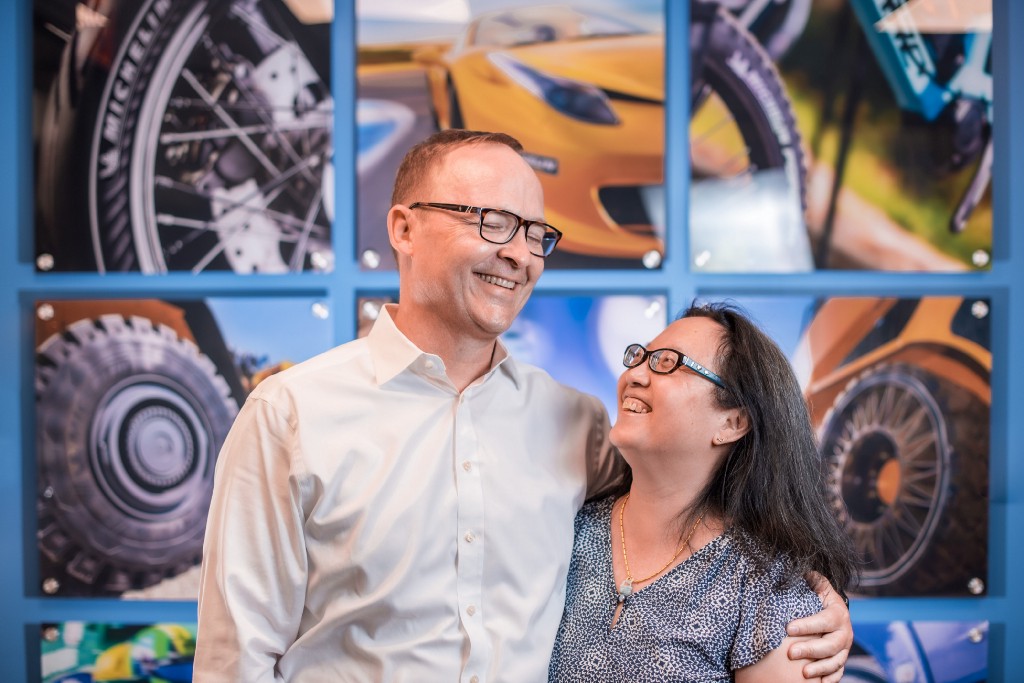Women In Wellness: Tammie Chang on the Five Lifestyle Tweaks That Will Help Support People’s Journey Towards Better Wellbeing
An Interview With Candice Georgiadis
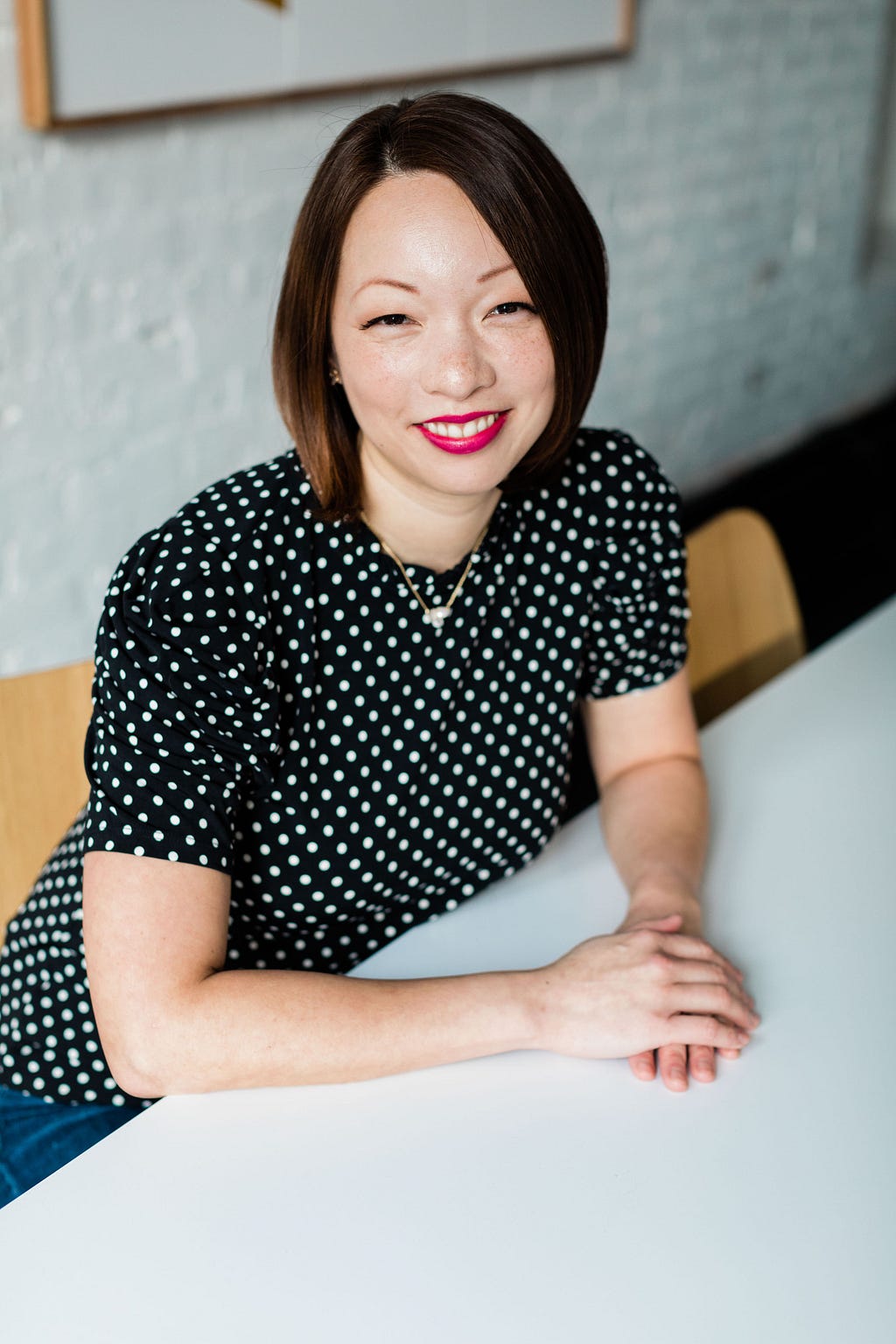
Boundaries start with you. Boundaries must come from within, from a strong sense of self, inner worth, your core values, and the core of who you are. Without a strong sense of your inherent worth and your values, setting boundaries is very difficult to accomplish. Start by getting clear on who you are, on your values, what you stand for and what your non-negotiable are as a woman and as a human being.
As a part of our series about the women in wellness, I had the pleasure of interviewing Tammie Chang, MD.
Tammie Chang, M.D., is a board-certified physician in pediatric hematology/oncology, leadership coach, author and co-founder of Pink Coat, MD, an uplifting community to empower women physicians. She is the program director for ELEVATE, the American Medical Women’s Association’s leadership development program for women physician attendings, and the medical director of Provider Wellness for her healthcare system. She can be reached at her self-titled site, www.tammiechangmd.com.
Using her expertise in coaching, leadership and consulting work, background in wellness and work as a physician, Chang guides women physicians to become the best version of themselves and protect their well-being by helping them to achieve greater balance, prevent burnout and live healthier lives. Dr. Chang is the co-author of How to Thrive as a Woman Physician together with her Brown Medical School classmate, Luisa Duran, MD. Dr. Chang’s upcoming book, The Ultimate Guide to Boundaries for Women Physicians: Release Burnout, Stress and Emotional Exhaustion in 8 Minutes a Day, focuses on the understanding that to heal and serve others, one must first focus on having a healthy body, spirit and mind.
Thank you so much for joining us in this interview series! Our readers would love to “get to know you” better. Can you share your “backstory” with us?
Absolutely! It’s a pleasure and a joy to be here with you and your readers! I’m a pediatric hematologist/oncologist, coach, and medical director of provider wellness in Tacoma, Washington. I’m deeply passionate about helping all physicians to thrive in our personal and professional lives.
Everything about my life now has grown out of the darkest period of my life only two years ago, when I was so burned out and emotionally exhausted as a pediatric hematology/oncology physician, that I felt suicide was my only way out. I have since come to learn that I was not alone in my experience, with one in five physicians contemplating suicide, and physicians having the highest rate of suicide of any profession.
My purpose, my mission and my Why, is to change the culture of medicine to one of true wellness, where physicians and healthcare workers prioritize their own well-being and care for themselves, as they care for others. To a culture where asking for and receiving help are viewed as a sign of strength, not weakness. To a culture where leaders courageously share and model their vulnerability and humanity openly. And to a culture of medicine where women and women of color are represented in leadership with equity.
Can you share the most interesting story that happened to you since you started your career? What were the main lessons or takeaways from that story?
I hit the lowest point of my life and career five years after completing my medical training at the age of 38. During a period of collective trauma in my group, including the loss of multiple family members, many to cancer, record numbers of pediatric cancer relapses, deaths and new cancer diagnoses, and during a time when we were already short-staffed and emotionally spent, I hit rock bottom. I took it all on as my own responsibility, and pushed through my own exhaustion, as I had been trained to do in the 15 plus years of medical training it took to become a pediatric hematologist/oncologist. Asking for help was never an option. Asking for help is not encouraged in our medical culture and profession as physicians. Asking for help is considered a sign of failure and weakness.
Finally, one day after a particularly difficult and prolonged end-of-life discussion with a patient’s family, I was done. All I could think about was driving my car off a cliff. And I nearly did that day.
Instead, I chose to ask for help. And this moment has become the catalyst for everything in my life today.
I’ve learned that to be the physicians and leaders we are capable of being, that we must care for ourselves first. If we do not put our own oxygen masks on first, we can’t help anyone else, least of all ourselves. And our families, patients, communities, and world need us to be ok so that we can care for and heal others. As physicians, we enter our profession with deep purpose and passion: to heal the sick and to do no harm. The culture of medicine must change to allow healers to care for ourselves as we are driven to care for others. Do no harm must apply to ourselves, first.
Can you share a story about the biggest mistake you made when you were first starting? Can you tell us what lesson you learned from that?
My biggest mistake was a lack of personal boundaries. In fact, I had never even heard of the term or concept of boundaries as a new attending physician at the age of 33. I took everything on as my responsibility, just as I had as a medical student, intern, resident and fellow. I didn’t know how to say “no.” I had been trained to believe that everything must be sacrificed in the service of our patients, even if that meant we didn’t eat, sleep, or take care of ourselves in the process. This culture and attitude are ingrained in us from the very beginning of our medical training as first year medical students. It’s no wonder that we are facing the largest physician burnout crisis in history now, as the pandemic continues.
I’ve learned the hard way to set firm boundaries for myself. I have to say “no” even when I feel guilty and feel the urge to say “yes.” I must recognize that I can’t help or save everyone around me, and that in many instances giving others the grace of choosing their own path is perhaps even the more compassionate and loving approach. I’ve learned to give myself grace, as I am far from perfect, and struggle with setting boundaries every single day myself, even now. I have learned a lot in the process and want other women to have this same knowledge and power, too.
None of us are able to achieve success without some help along the way. Is there a particular person who you are grateful towards who helped get you to where you are? Can you share a story about that?
I will forever be eternally grateful to my Pink Coat, MD co-founder, Brown Medical School classmate, and life-long friend, Luisa Duran, MD. We had lost touch after we finished our respective fellowship training programs, Luisa in adult endocrinology at the University of Washington and me in pediatric hematology/oncology at St. Jude Children’s Research Hospital. By chance we reconnected while she was in Seattle at a conference just shortly after I had come back from severe burnout and suicidal ideation. In the 30-minute drive between Seattle to SeaTac airport, I shared my struggles, and she shared her own of severe isolation and burnout. We vowed then to create something together so that other women physicians would not have to struggle as we had. We vowed to create a better world and practice of medicine for all present and future women in medicine. This was how Pink Coat, MD was born, in September of 2019.
Through creating our Pink Coat, MD community and platform, we have not only helped other women physicians to transform their lives and careers, but we have also transformed our own. Luisa and I talk often about how Pink Coat, MD has saved us, and how we have saved each other. We not only saved our own medical careers but are now deeply committed to a life-long mission to save the careers of women physicians everywhere.
Ok perfect. Now let’s jump to our main focus. When it comes to health and wellness, how is the work you are doing helping to make a bigger impact in the world?
My Why is the driving force behind everything I do, borne out of that dark period of my life in 2019. Why I have co-founded Pink Coat, MD together with Luisa Duran, a safe, supportive and loving community for women physicians to help us do our best work and live our best lives. Why I wanted to help AMWA to create its first leadership development program for women physicians, ELEVATE. Why Luisa and I have co-authored How to Thrive as a Woman Physician, and why I have also written a second book, The Ultimate Guide to Boundaries for Women Physicians: Release Burnout, Stress and Emotional Exhaustion in 8 Minutes a Day.
Through Pink Coat, MD, we strive to create a safe, loving community and space for women physicians to come together and support each other. We provide easily accessible evidence-based resources taught by experts in each field to help women physicians thrive in all parts of their lives: women’s empowerment and leadership development, mindful self-compassion, parenting support, social and peer support, and professional coaching.
My dream is to inspire us all to create a healthier, kinder, more resilient and more compassionate culture of medicine. One where we prioritize our wellness and well-being so that we can lean on our resilience and each other in difficult times — and create a better world for future generations of physicians, healthcare workers and women in medicine, together.
Can you share your top five “lifestyle tweaks” that you believe will help support people’s journey towards better wellbeing? Please give an example or story for each.
Setting healthy boundaries can be the most difficult challenge of all for women, regardless of our profession or role. We were not raised or socialized to have boundaries, nor were boundaries modeled for us. The concept of boundaries was only introduced by clinical psychologists in the 1980s and popularized by Drs. Henry Cloud and John Townsend in the 1990s. So the vast majority of us as women were never even introduced to this concept until well into adulthood.
Below are five boundary tweaks that can help us as women:
- Boundaries start with you. Boundaries must come from within, from a strong sense of self, inner worth, your core values, and the core of who you are. Without a strong sense of your inherent worth and your values, setting boundaries is very difficult to accomplish. Start by getting clear on who you are, on your values, what you stand for and what your non-negotiables are as a woman and as a human being.
- We often must create boundaries from ourselves! Notice when you have critical or judgmental thoughts about yourself. What are your thoughts saying to you? Notice when the voice of your inner critic is especially harsh, loud, or overwhelming. Know that you are not your inner thoughts. These are just thoughts. We develop thoughts in response to a neutral situation. Our thoughts then drive our emotions, our behavior and ultimately our results. Start by noticing the voice inside your head that is saying “I’m not good enough,” or “How could you be so stupid?” or “I can’t believe you just did that.” Draw a boundary around those thoughts.
- When do you find yourself feeling guilty? When do you notice yourself saying “I should…?” This may be a clue that you are saying “yes” when you actually want to be saying “no.”
- For professional women, allow yourself to completely disconnect when you are not at work. Turn your pager, email and phone notifications off when you are not at work. Don’t open your email or your electronic medical records from home, ever. Set this firm boundary for yourself.
- For perfectionists and hyper-achievers (myself included), know that not all of your work must to be A+ work. In fact, for women physicians struggling with patient charting overwhelm, I recommend reframing this task so that women only aim to produce B- or even C+ plus work. I help them to recite my favorite phrase, C = MD…! Study after study shows that women endlessly refine their work, and this holds us back from playing big and living more authentic lives.
If you could start a movement that would bring the most amount of wellness to the most amount of people, what would that be?
I think it’s exactly what I’m a part of now — the movement to create a kinder, healthier and more compassionate culture of medicine, so that physicians nationwide are healthy, and thriving. Because if our physicians are not well, are burning out, leaving our profession, and dying by suicide at record rates, who will be left to care for all of us? We need to ensure that the healers are also ok, so that they can continue to care for and heal our communities. There are about 1 million physicians practicing in the United States today for a population of 330 million. We are already expected to have a 139,000 physician shortage by 2033. If we don’t change the way we practice medicine now, we soon will not have enough physicians to care for our population.
What are your “5 Things I Wish Someone Told Me Before I Started” and why?
What I would say to a young woman physician starting your career…
- Not everything is your responsibility. You must say no. In fact, it is often the kinder and more compassionate choice to you and to others, when you say no.
- Patients do not come first — you do as a physician. If you are not ok, you can’t care for patients, or anyone else for that matter.
- Thriving is not the absence of burnout. Merely surviving is not thriving. Do what you need now to take care of yourself and your entire life, so that you can actually thrive in all aspects of your life.
- Your identity may be tied to your profession as a physician. But you are a whole person. Not only who you are as a physician. You are a human being first, before you are a physician.
- Get clear on your Why and your top core values from the very beginning. Not what you’ve been raised to believe, what you’ve been trained to believe, or what society tells you to believe, but what you believe. When you know your purpose, your values and your Why with clarity, decisions and challenges become much easier. Your life is more in harmony with your deepest and most authentic self, and you are more able to live with ease and in flow.
Sustainability, veganism, mental health and environmental changes are big topics at the moment. Which one of these causes is dearest to you, and why?
I am deeply passionate about changing the culture and stigma around mental health — in our society as a whole and for physicians and providers in healthcare. Nothing could be more backward than a medical profession where the healers are expected to heal everyone else without taking care of themselves or receiving help. We know that 90% of physicians report symptoms of depression and anxiety, yet only a fraction of physicians seeks mental health support. Over 70% of physicians report symptoms of moderate to severe burnout, which manifests as emotional exhaustion, compassion fatigue, and lack of meaning in work.
I know this is not who we want to have caring for our population of 330 million people, or what is best or for our society. We need a culture of medicine that cares for physicians and healthcare workers the way we care for others.
What is the best way our readers can follow you on social media?
Follow me on Instagram where I post daily insights, tips and tricks, and inspiration to help you thrive and set boundaries as a woman and a leader! You can also find me on LinkedIn, Twitter, and Facebook.
This was very inspiring. Thank you so much for joining us!
Thank you…!
Women In Wellness: Tammie Chang on the Five Lifestyle Tweaks That Will Help Support People’s… was originally published in Authority Magazine on Medium, where people are continuing the conversation by highlighting and responding to this story.


